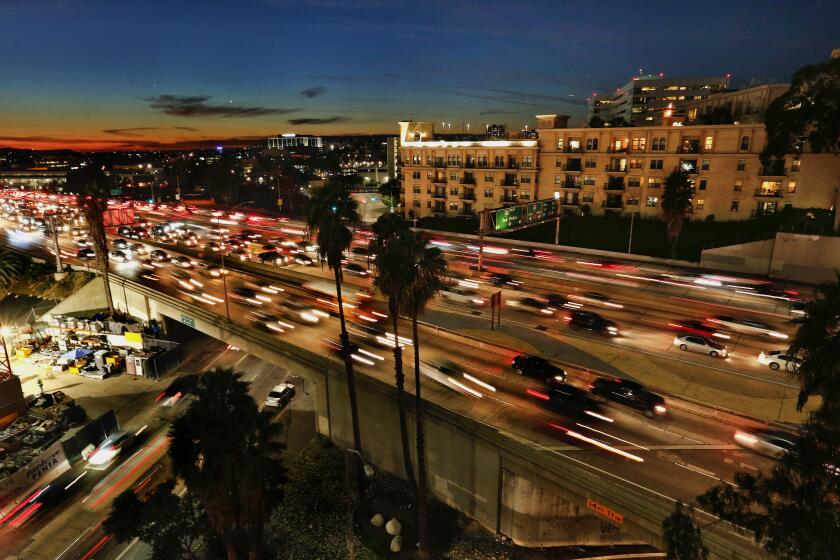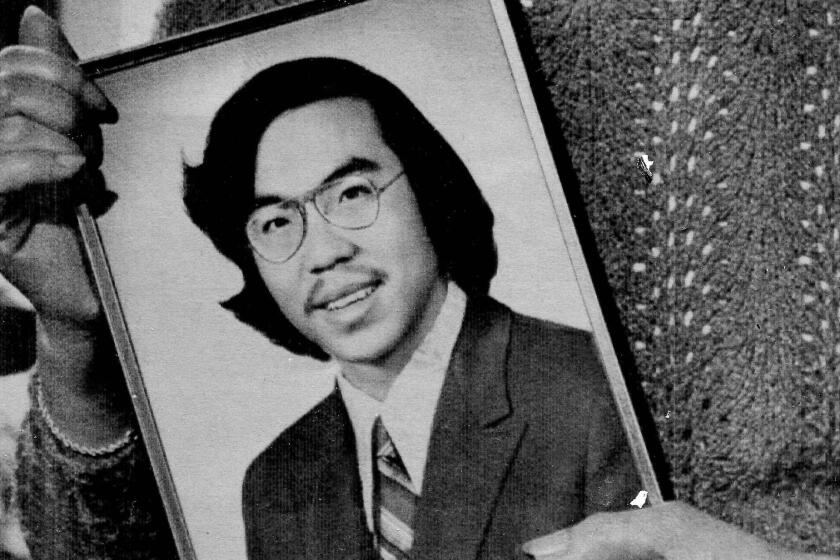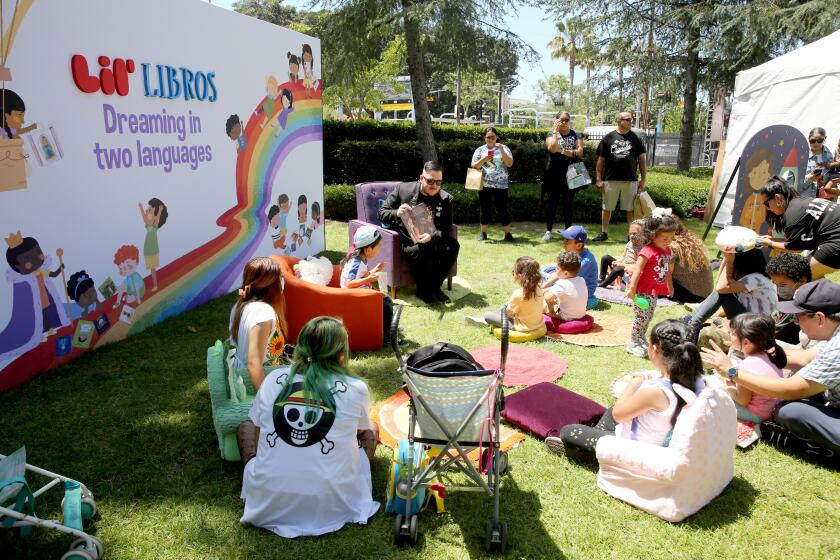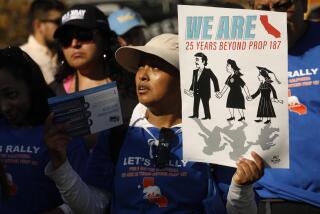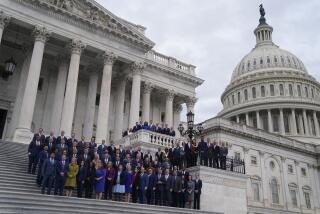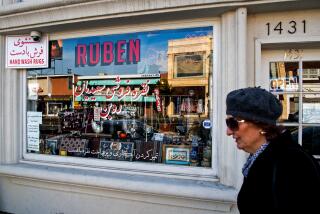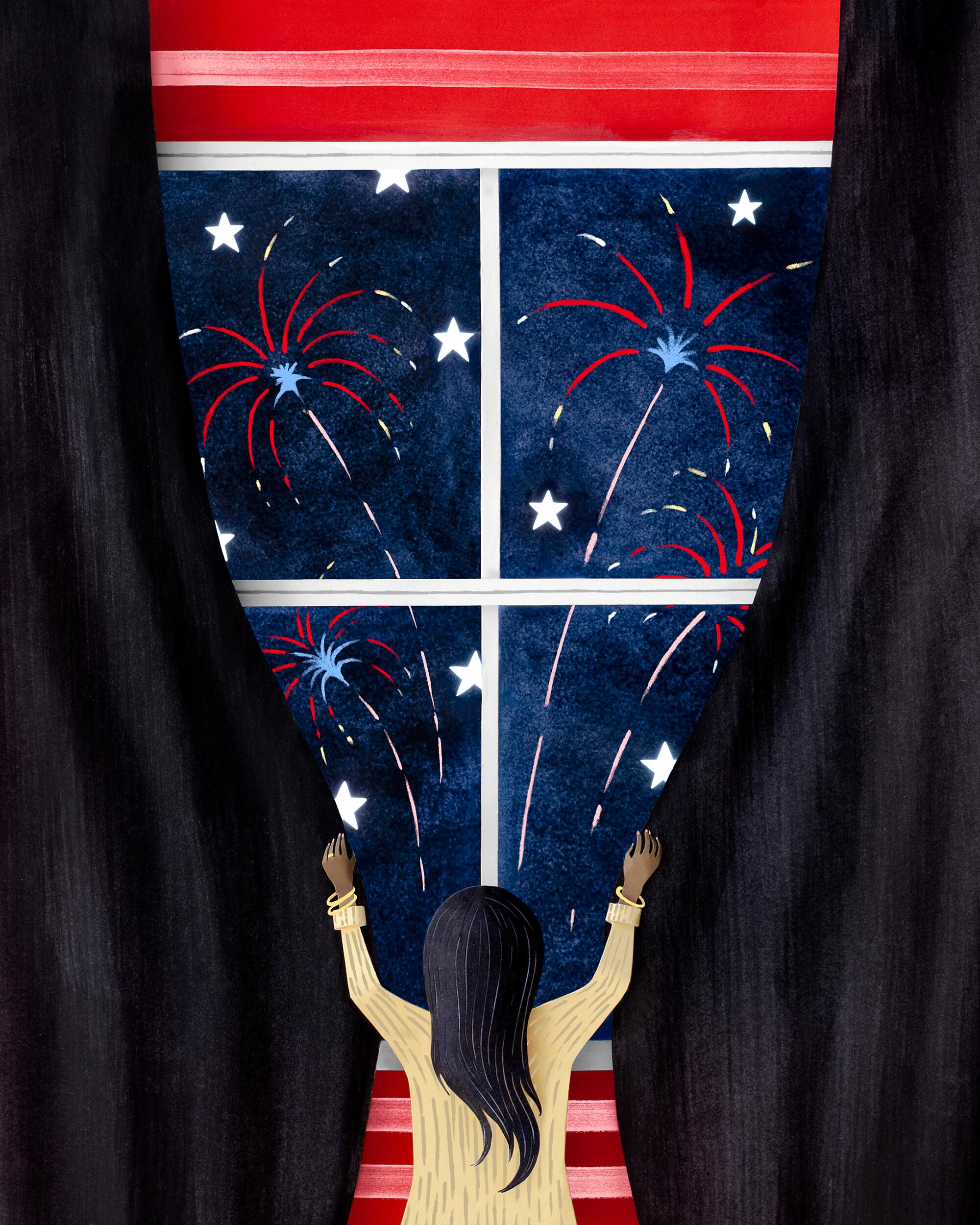
The last time we went to see Fourth of July fireworks, our kids were 6 and 4 years old, thrilled to be allowed to stay up past 7:30. We took a picnic blanket, snacks and sparklers to Washington Crossing Park, which commemorates the path of American soldiers to a battle in the war for American independence.
Washington Crossing was just 15 minutes from home. We’d been glad to return to the Delaware Valley from Chicago, where our children were born, to be close to my parents. It was a dream to have three generations all in one place.
Thirty-some years before that, I’d grown up along that same stretch of the Delaware. One week before a sixth-grade trip to the Statue of Liberty, I won an essay contest. Even though I don’t remember much of what I wrote, I remember clearly why I won. I was the only kid who was the child of immigrants in my class, and I’d written all the right things about America as a land of opportunity. The prize was getting to read it aloud in front of Lady Liberty, my classmates and anyone else who happened to be wandering by on our trip.
I believed what I wrote. I’d been back and forth to visit my extended family in Hyderabad, Pakistan, several times by then, and I was telling the absolute truth when I said how lucky I felt to grow up in Fallsington, Pa. Even today Fallsington is a place with clean streets and clipped lawns, not wealthy, but carefully separated from the poverty that haunts nearby Philadelphia and far removed from the even more pervasive poverty of Hyderabad. I can still feel the relief that came with returning home from Hyderabad to suburban Pennsylvania, with its towering shade trees, where one never saw children in hard labor or begging in the streets.
My Mexican grandparents, Japanese grandmother and English grandfather from India became Angelenos. I try to hold on to their memories in this city.
My relief at being American pleased my teachers. It was, for them, an important feature of an uncontroversial story. At the time, it was uncontroversial to me, as well. When I waved an American flag, I was celebrating my America in Fallsington: its kind neighbors, its clean streets and its children, who could expect to eat and go to school regularly.
I did not yet question why we were one of just a handful of Black and brown families in my neighborhood, though our five houses clustered conspicuously together at the back of the development. No one had explained that the elementary school I attended was explicitly built to be an all-white school serving the sprawling all-white neighborhood of Levittown, that this was why it was still overwhelmingly white in such a diverse region of the country.
Looking back, I was raised at ground zero for the American colonial project. Fallsington was one of the early settlements of William Penn’s colony, which was premised on clearing the Lenape people from the land. In a terrible irony, my family and I look more like the original inhabitants of the Delaware Valley than do Penn’s Protestant recruits from northern Europe. I had no reason to notice this, as Penn and his successors were so effective at destroying and displacing Lenape people that 300 years later, I never once encountered someone of Lenape descent while living there. When we studied William Penn in elementary school, no one mentioned that he was a slaver and introduced Pennsylvania’s first Black Codes, laws that created especially brutal criminal penalties for enslaved Black people in his colony. Instead, Penn was described as benevolent, visionary, a peacemaker.
What I couldn’t have known then, in the absence of a curriculum that teaches history in chronological order, with competing narratives of both victors and victims, is that my tiny slice of America was constructed atop the worst excesses of a more than 400-year legacy of European colonization. Because American schoolchildren are, as I was, so often encouraged to substitute slogans like “manifest destiny” and “nation of immigrants” for actual history, I could not yet make sense of the troublesome gaps between these slogans and the world around me.
As a young child, I saw how this country treated immigrants, even before two white men attacked Chin with a baseball bat.
I went on to college and law school and worked as a public interest lawyer in some of the most impoverished neighborhoods of Philadelphia, always segregated by race. And that story I’d recited at the Statue of Liberty about American prosperity, about the great fortune of being American, about how all of America’s faults and failings could not begin to outweigh the promise of its ideals, stuck with me. Even after working on the Navajo Nation, and seeing the pervasive poverty and dispossession there, I still believed that the arc of America’s moral universe bent inevitably toward justice.
When my confidence in American exceptionalism flagged, my parents were quick to remind me that they had arrived from Hyderabad with two suitcases each, having grown up cooking over coals and writing their lessons on slates with chalk. Their story was undeniable; I’ve been where they grew up. I knew how unlikely it had been that either of them would ever own a beige velour couch, let alone the full sofa, love seat and armchair set, and a split-level home to put them in. My parents had overcome their simple beginnings because of the great generosity of America, they said. They told a story we believed tenaciously because it said that we were home, that we were safe, that we could let our guard down. Such a story is incredibly important when you have already accomplished an unfathomable migration, as my parents did.
It was hard for me to grasp the deception in America’s lullaby narrative of generosity and prosperity even as I saw overwhelming evidence to the contrary in Black and brown communities. I still desperately wanted to believe that good governance, good policy, better intentions were all shared objectives of my countrywomen and -men. My yearning for a home in the Delaware Valley was so strong, my love for that place so intense, my desire to avoid migrating so overwhelming, that it was not until I saw the unrelenting hostility my children would face that I could no longer stomach this narrative. I could no longer wait on America’s moral arc to curve toward equity.
I remember the exact moment I realized we could no long wait for the promise of America to be realized. My daughter was 6 years old, curly headed and bright, but struggling with health issues it would take several more years to sort out. She was beginning kindergarten at a new school, just across the street from the neighborhood where I’d grown up. Despite her illness, she was full of excitement, thrilled to be there.
I’d met with her teachers in August to tell them about her health issues and to offer myself as a resource in an election year where Muslims had already been the target of a terrible political campaign. Private hate crimes against us were rising, and public support for a “Muslim ban” seemed to be swelling. But when I suggested that we were worried about the election going the “wrong way,” the teachers looked uncomfortable, even a little hostile. My wrong way was not their wrong way at all.
There was one other Muslim in my daughter’s school, a teacher. I was quick to point her out, trying to offer my daughter some security and myself some comfort. My sweet, tiny girl approached her one day to say that she was also celebrating Ramadan; wasn’t it exciting! The teacher responded by warning my daughter, “We don’t talk about that at school.” The teacher wasn’t to blame; I trusted her assessment that the school was not a safe place to be Muslim. It’s why I began to look for a way out.
Perhaps the most impactful thing a parent of color can do is encourage their kids to read books. It will help them know themselves and others better.
I didn’t want to leave. I wanted to raise my children next door to their grandparents, to retire with my husband, sitting in rocking chairs overlooking the Delaware River. But I could not raise my children to believe that hiding their faith and identity was reasonable. I could not imagine how they would, or should, survive such a thing. I especially could not justify it in a society otherwise so quick to assert its commitment to liberty. How could I choose such a thing if I had any other option? We left the following summer, moving across the border to Canada.
By the time we watched our last Fourth of July fireworks, it had finally become apparent to me that they were not yet a celebration for families like my own. This remains true because America has not yet articulated or actuated its intention to be for us all.
We have no principle of reconciliation to amend our Constitution, no plan for reparations, no legislation that guarantees multiculturalism or decolonization, as other similar societies like Canada and New Zealand have.
But knowing these things has not made leaving easy. It doesn’t dull the pain and loss inherent in migration. From my home across the border, I have phantom pains of dislocation. I can’t stop trying to find my way back. I can’t stop hoping that America will examine itself in the service of a better future. I’m still caught up in the dream of three generations of my family, all in one place.
Sofia Ali-Khan is the author of “A Good Country: My Life in Twelve Towns and the Devastating Battle for a White America,” which will be published July 5. @Sofia_alikhan
More to Read
A cure for the common opinion
Get thought-provoking perspectives with our weekly newsletter.
You may occasionally receive promotional content from the Los Angeles Times.
